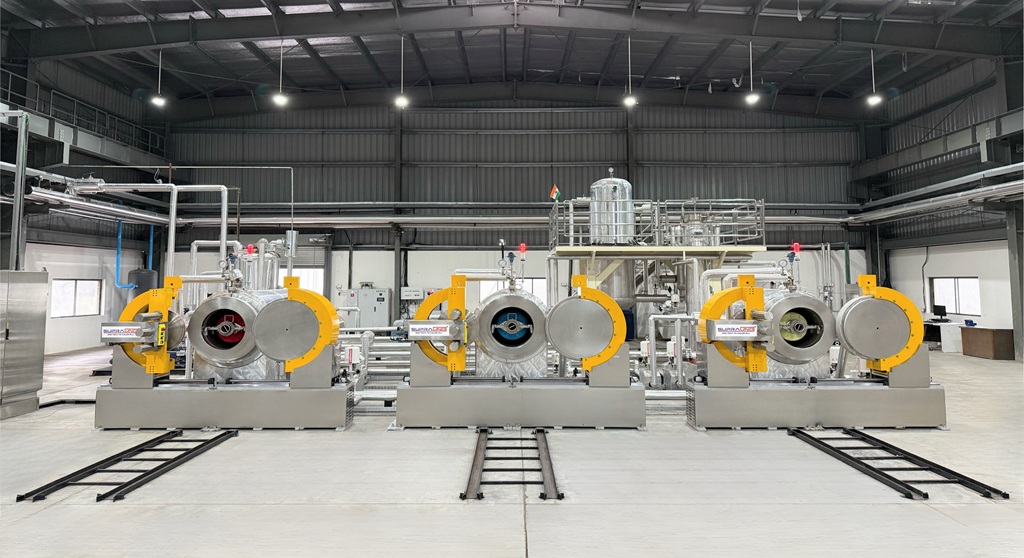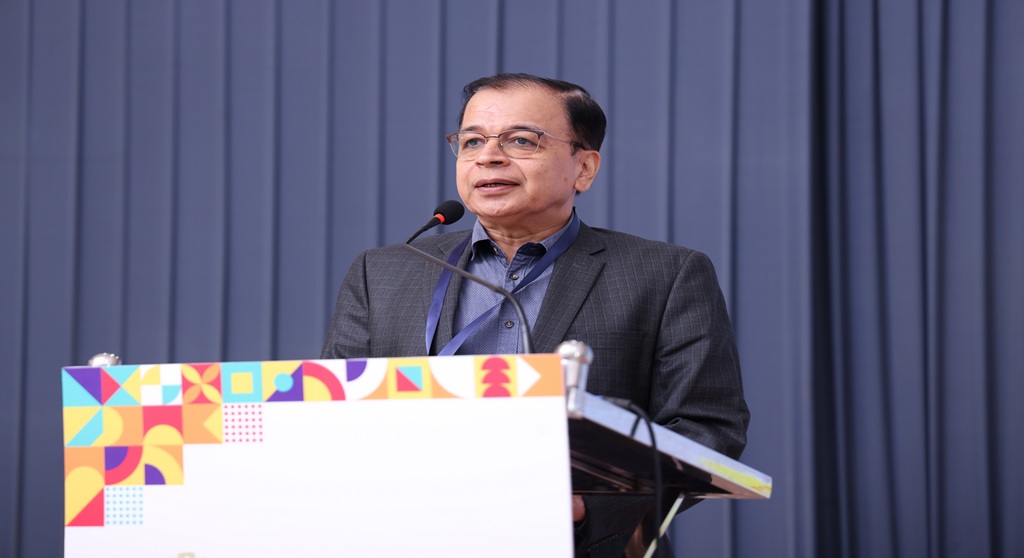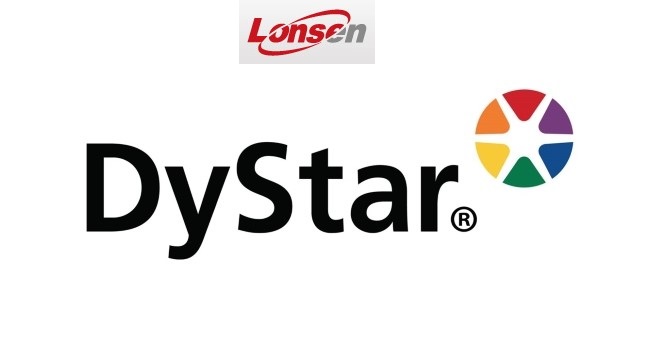
Waterless Revolution How India’s SUPRAUNO® Technology Is Redefining Global Textile Dyeing Efficiency
India’s
textile sector, among the world’s largest, is under growing pressure towards
improving profitability along with balancing sustainability. Conventional
dyeing and finishing operations account for nearly 20% of global industrial
water pollution, consuming about 50 to 100 litres of water per kilogram of
fabric and generating high chemical oxygen demand (COD) and biological oxygen
demand (BOD) loads. In this context, Dr. Swapneshu Baser, Managing Director of
Deven Supercriticals Pvt. Ltd., is leading a quiet but powerful revolution
through SUPRAUNO®, a waterless, supercritical carbon dioxide (CO₂)-based dyeing
technology poised to reshape how fabrics are coloured and finished.
A Breakthrough in Waterless Dyeing
Indigenously
developed and internationally patented in the United States, Europe, and India,
SUPRAUNO® represents a significant leap in the most demanding textile
processing step of dyeing and finishing. Unlike earlier supercritical CO₂
technologies, which were mainly limited to polyester and required specialised
dyes, SUPRAUNO® allows the use of conventional dyes and their trichrome recipes
to colour wide range of fibre types, including cotton, viscose, nylon, acrylic,
wool, polyester, and their blends, without the use of water in the dyeing step.
Dr.
Baser explains that the process employs a novel step of pre-coating the dyes on
the textile before exposing it to supercritical CO₂ medium, ensuring enhanced
dye solubility, superior dye penetration, high fixation efficiency, and uniform
colouration. Compared to traditional soft-flow dyeing, SUPRAUNO® achieves 96%
reduction in auxiliary chemicals, 67% lower energy use, 76% water savings, and
75% shorter processing time for polyester–cotton blends. The SUPRAUNO® system’s
intrinsic higher process efficiency results in a smaller footprint, faster
cycle times, and also make it about 50% cheaper to install than comparable
European CO2-based dyeing plants.
The
technology, already installed at commercial scale at Arvind Limited in
partnership with H&M, has attracted international attention for its ability
to meet Environmental, Social, and Governance (ESG) and Zero Liquid Discharge
(ZLD) targets without large & expensive effluent treatment plants.
Reducing
Pollution At the Source
India’s
textile clusters in Tirupur, Ludhiana, and Surat consume millions of litres of
groundwater daily and struggle with ZLD compliance. While reverse osmosis (RO)
systems help recover water, they also produce toxic brine that often seeps into
soil and groundwater. Dr. Baser argues that such end-of-pipe solutions are not
sustainable in the long run.
“Instead of
subsidising ETPs and ZLD units that clean waste after creation, incentives
should support technologies that prevent pollution at the source,” he says.
“SUPRAUNO® eliminates the need for salt in cotton dyeing and avoids reduction
clearing chemicals in polyester processing, which are deemed two of the biggest
pollution culprits in Indian textile effluent.”
According to
preliminary Life Cycle Analysis (LCA) data, the technology can cut the impacts
in terms of kg CO₂ equivalent by about 60% compared to conventional processes.
It also significantly reduces the need for wastewater treatment infrastructure,
making sustainability achievable for small and medium enterprises (SMEs).
Challenges
in Adoption and Global Comparison
While
countries like China, Bangladesh and other South Asian countries are seen to be
more adaptive to modern technologies, India is very slow towards sustainable
dyeing initiatives across its clusters. The reasons, Dr. Baser notes, include
limited government incentives, lack of awareness among policymakers, and
hesitancy among brands to prioritise sustainability over cost.
Dr. Baser
points out that despite India’s ambitious PM MITRA Park initiative and
sustainability rhetoric at forums like BharatTex, micro-innovators remain
unsupported. “We developed, patented & commercialised a fully indigenous,
Atmanirbhar technology, and for its timely, global implementation, government /
institutional support is critical,” he advocates.
The Road
Ahead
Industry
experts agree that the next phase of textile growth will hinge on resource
efficiency and carbon accountability. European buyers are increasingly
demanding traceable, low-impact production, and technologies like SUPRAUNO® can
position India as a global leader in sustainable textile processing.
Dr. Baser
envisions a future where dyeing is entirely waterless and circular, urging both
brands and governments to share responsibility. “Sustainability is not just
about recycling fibres; it must also include how we process them. Preventing
pollution is smarter, cheaper, and more sustainable than treating it later,” he
concludes. If India embraces such innovations at scale, its textiles may soon
stand for something the world desperately needs, and colour without
contamination.

Dr. Baser points out that despite India’s ambitious PM MITRA Park initiative and sustainability rhetoric at forums like BharatTex, micro-innovators remain unsupported. “We developed, patented & commercialised a fully indigenous, Atmanirbhar technology, and for its timely, global implementation, government / institutional support is critical,” he advocates.
If you wish to Subscribe to Textile Excellence Print Edition, kindly fill in the below form and we shall get back to you with details.








